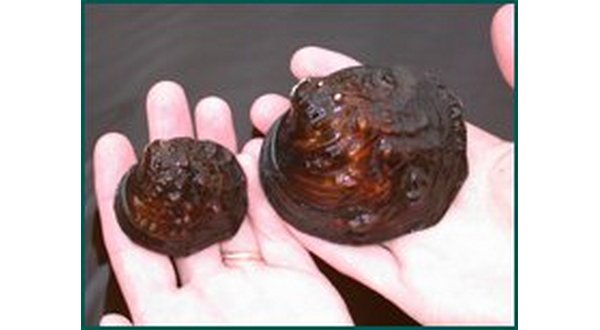
The program is important because freshwater mussels live on the bottom of streams, rivers, and lakes. They are vital to the food web due to being filter feeders which remove algae, bacteria and organic matter, improving water quality.
The Dale Hollow National Fish Hatchery in Tennessee has been strengthening recovery efforts since 2000 and through trial and error in 2013 found suspending mussels in large cages, in Dale Hollow Lake, the most successful experiment to date. The pink mucket mussel, a federally listed species, and the mucket mussel were produced and the pink muckets have been used in recovery efforts in West Virginia.
Mike Lewis, Fish Biologist at the Norfork Fish Hatchery, says the local project is in the beginning phase.
Listen:
right-click to download mp3
The cages have river sand in the bottom and are suspended under water. They contain host fish that are infected with parasitic larvae, which attaches itself to the fins and gills of the fish. As they grow larger, they eventually detach.
Lewis says the plain pocketbook mussel, which is not on the endangered species list, is being utilized in the local experiment to determine how successful a future endangered species project might pan out. If successful, the hope is to raise the pink mucket in other areas of Lake Norfork as well.
Listen:
right-click to download mp3
Jon Casey, Project Leader of the Norfok Hatchery, says they are working with Arkansas Game and Fish’s state Malacologist Kendall Moles, who worked with hatcheries in Tennessee and Kentucky, on this particular mussel raising technique.
WebReadyTM Powered by WireReady® NSI










